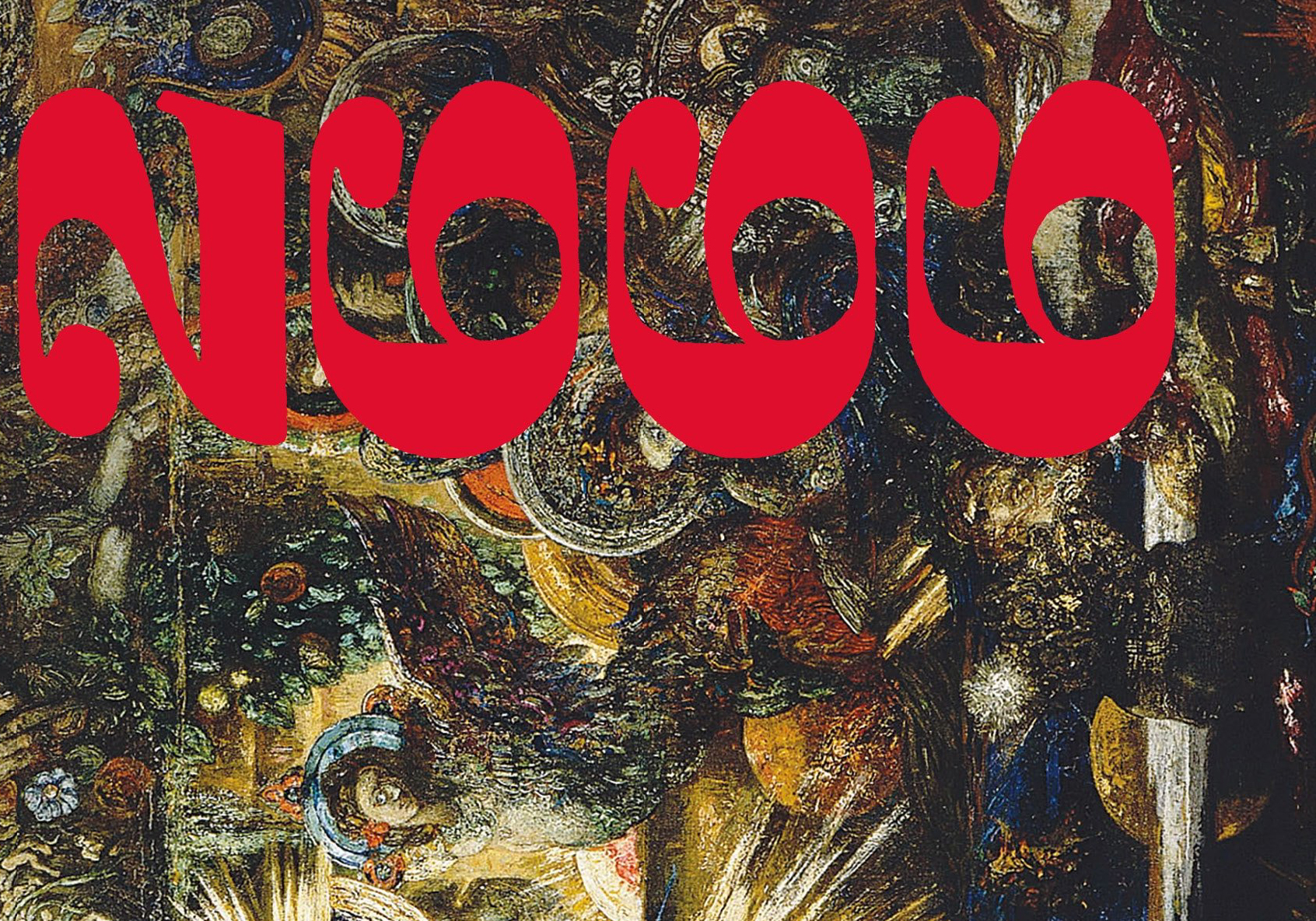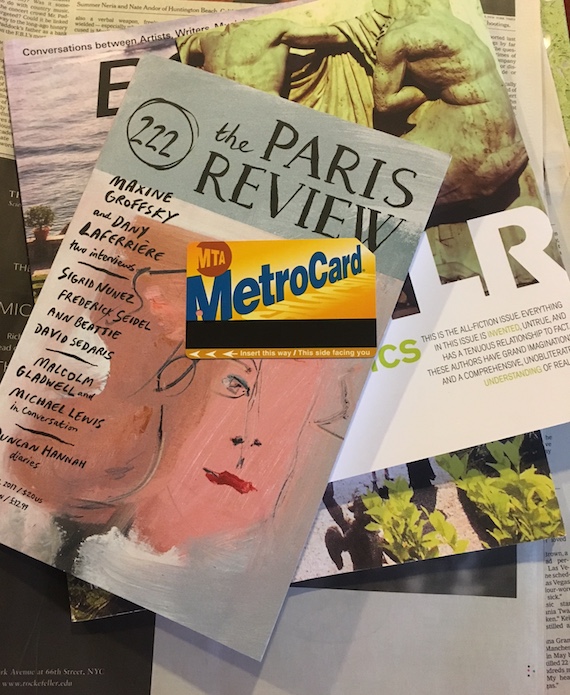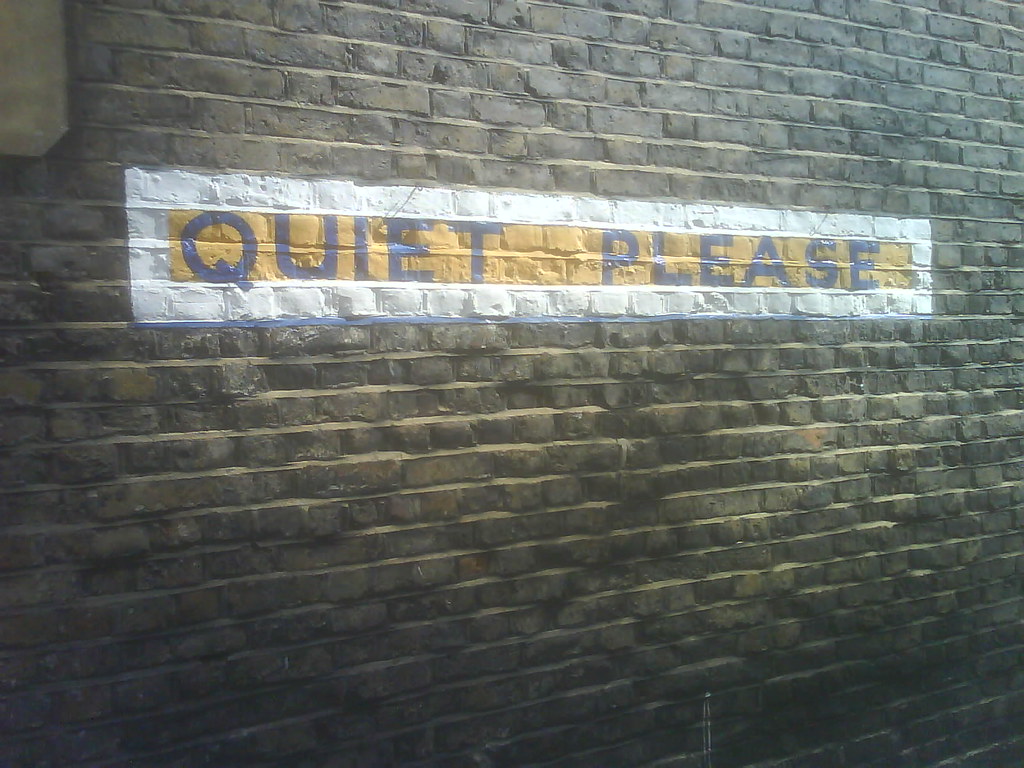An Unfinished Life by Mark Spragg — excerpt, review
His Excellency: George Washington by Joseph Ellis — excerpt
Villages by John Updike — excerpt



An Unfinished Life by Mark Spragg — excerpt, review
His Excellency: George Washington by Joseph Ellis — excerpt
Villages by John Updike — excerpt



C. Max Magee created The Millions and is its publisher. He and his family live in New Jersey.







